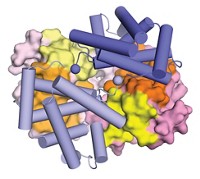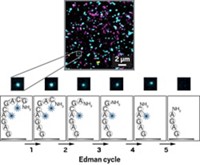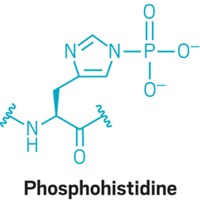Advertisement
Grab your lab coat. Let's get started
Welcome!
Welcome!
Create an account below to get 6 C&EN articles per month, receive newsletters and more - all free.
It seems this is your first time logging in online. Please enter the following information to continue.
As an ACS member you automatically get access to this site. All we need is few more details to create your reading experience.
Not you? Sign in with a different account.
Not you? Sign in with a different account.
ERROR 1
ERROR 1
ERROR 2
ERROR 2
ERROR 2
ERROR 2
ERROR 2
Password and Confirm password must match.
If you have an ACS member number, please enter it here so we can link this account to your membership. (optional)
ERROR 2
ACS values your privacy. By submitting your information, you are gaining access to C&EN and subscribing to our weekly newsletter. We use the information you provide to make your reading experience better, and we will never sell your data to third party members.
Analytical Chemistry
New Protein Modification Is Uncovered
Posttranslational process adds succinyl group to lysine
by Celia Henry Arnaud
December 20, 2010
| A version of this story appeared in
Volume 88, Issue 51
Proteomics researchers at the University of Chicago have discovered a previously unknown posttranslational modification in proteins. Posttranslational modifications often play an important role in the regulation of cellular processes. Using mass spectrometry, Yingming Zhao and coworkers identified lysine succinylation on the basis of a 100.0186-dalton mass shift in a peptide from isocitrate dehydrogenase, an enzyme that catalyzes a step in the citric acid cycle (Nat. Chem. Biol., DOI: 10.1038/nchembio.495). They show, through a combination of MS/MS and chromatographic coelution, that the mass shift results from the addition of succinyl rather than methylmalonyl, its isomer. They further verified the succinylation process through a variety of methods, including western blot analysis, an antibody-based method; in vivo labeling with isotopically labeled succinate; and coelution of the corresponding synthetic peptides by liquid chromatography. They found that lysine succinylation is evolutionarily conserved from bacteria to mammalian cells. They have not yet identified the enzyme responsible for modifying the amino acid in vivo or determined the modification’s biological significance.





Join the conversation
Contact the reporter
Submit a Letter to the Editor for publication
Engage with us on Twitter